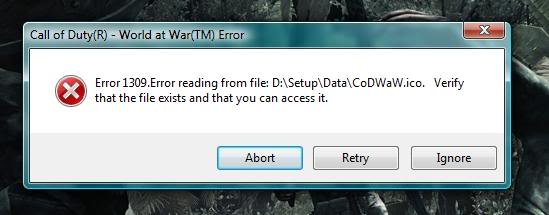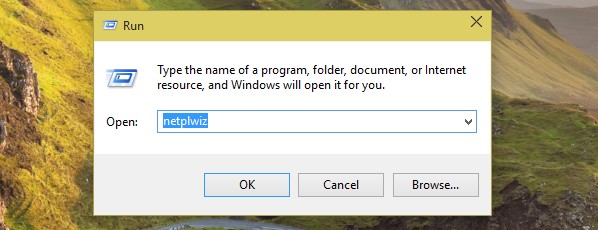How To Fix hlvdd.dll Errors
hlvdd.dll is used by the compression software produced by Voxware. It is used in the compression and extraction of files from an archive using the Voxware Compression Toolkit, and is a vital part of that software. Unfortunately, this file is continually showing a series of errors on your system – leading your computer to run extremely unreliably as a result.
The typical errors this file shows include:
- “hlvdd.dll Not Found”
- “This application failed to start because hlvdd.dll was not found. Re-installing the application may fix this problem.”
- “Cannot find hlvdd.dll”
- “The file hlvdd.dll is missing.”
- “Cannot start hlvdd.dll. A required component is missing: hlvdd.dll. Please install the application again.”
What Causes hlvdd.dll Errors?
The hlvdd.dll error can be caused by a variety of problems with your system, the main issue being that the file is corrupt or damaged. When the file is damaged or corrupt, the protocol that the file provides for Windows is changed – preventing your system from being able to process the various parts of the file it requires to run – leading it to show the error you’re seeing on screen. The file is often being replaced on your hard drive, and is continually being damaged as well – leading it to behave in very strange ways. The error will show when you start up the Voxware Compression Tools and to fix the problem you should look at the following steps:
How To Fix The hlvdd.dll Error
Step 1 – Reinstall “VoxWare Compression Tools”
The hlvdd.dll file is used by the “Voxware Compression Tools” program to help control various functions inside that program. This means that if you reinstall this program, it should replace all the potentially damaged files inside, allowing it to run without any errors. You can reinstall Voxware Compression Tools below:
- Click “Start” > Control Panel > Add / Remove Programs
- Locate the program Voxware Compression Tools
- Click “Uninstall” next to it
- Restart your PC
- Insert the installation disc for the software and install a fresh copy
- Test the program to see if the error appears
If this does not fix the issue, proceed to Step 2:
Step 2 – Manually Replace hlvdd.dll On Your System
Replacing the hlvdd.dll file is probably the surest way to get your system running as smoothly as possible again. You can do this very easily by following the guide below:
1) Download hlvdd.zip from our server
2) Unzip the hlvdd.dll file onto your computer’s hard drive
3) Browse to c:\Windows\System32
4) Locate the current hlvdd.dll on your system
5) Rename the current hlvdd.dll to hlvddBACKUP.dll
6) Copy & paste the new hlvdd.dll into C:\Windows\System32
7) Click Start > Run (Or search”run” on Vista & Win7)
8 ) Type “cmd” in the box that appears
9) Type “regsvr32 hlvdd.dll” on the black screen
10) Press enter
This will replace the hlvdd.dll file on your PC with a fresh, new copy that your PC should be able to access again. However, if this does not solve the error, you may wish to try using Steps 3 and 4 below:
Step 3 – Clean Out Viruses
Antivirus programs are software tools which scan through your PC and remove any of the viruses or malware infections that are on your system. It’s often the case that viruses will infect various DLL files on your computer and then cause them to be unreadable to your PC. To ensure this is not happening on your computer, you should try using an antivirus program to scan through your system and remove any of the infections that cause all these errors. You can download our recommended antivirus program from the link above, but there are a large variety of programs available.
Step 4 – Clean Out The Registry
Another big cause of the hlvdd.dll errors is the registry database of Windows. The “registry” is a central database which stores all the settings, information and options for your computer, and is where Windows keeps many vital settings that it requires to run. It’s often the case that a lot of registry settings become damaged and corrupted, leading your PC to take longer to run, making it run slower and with a lot of errors. To fix this problem, you should use a ‘registry cleaner’ to scan through your PC and fix any of the damaged or corrupt settings that are inside it. You can see our recommended registry cleaner below:



